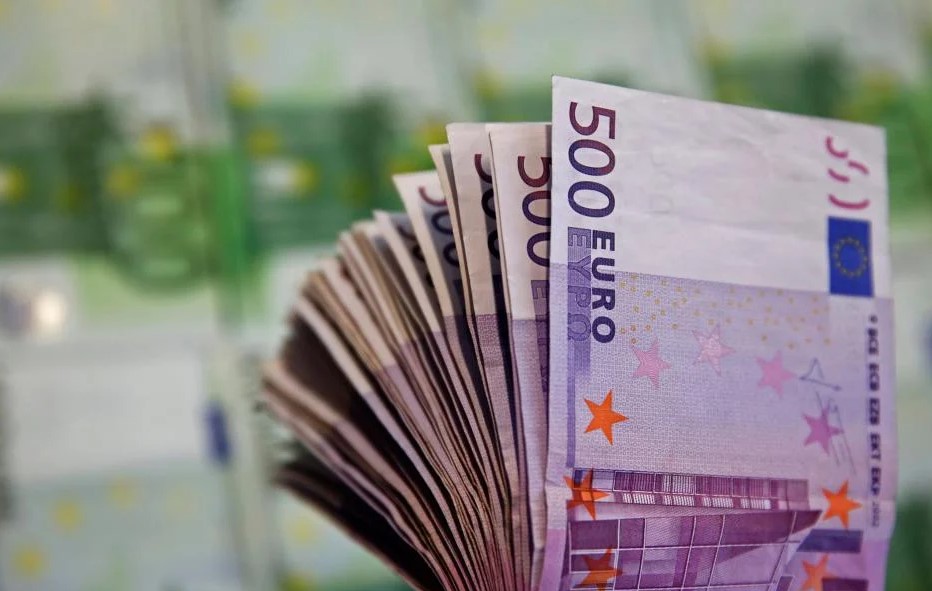Investment plans yielded subsidies, not jobs in last decade
State-backed investment projects have failed to bolster the economy over the last decade

Greece spent about 2 billion euros in the last 10 years, but only managed to create 6,000 jobs in that period.
The investment incentives laws since 2011 that were meant to combat exceptionally high unemployment have failed to yield any notable results despite the subsidies handed out for the creation of jobs; they have not bolstered the economy or modernized key sectors such as manufacturing.
That failure – some transparency problems aside – is mostly attributed to the thinking behind those growth-minded laws, as they often provided for horizontal subsidies without a differentiation depending on the object of investment plans.
In many cases there was no sufficient monitoring of whether entrepreneurs actually implemented the investment they were subsidized for. Consequently, there are numerous pending investment plans that were financed under a law from 2004.
According to Development Ministry data, 95% of investment plans subsidized in the context of the three investment incentives laws (of 1998, 2004 and 2011) received direct funding. In their majority they were investments of low and relatively low technology. Remarkably, 46.5% of projects and 72.2% of the total budget concerned renewable energy sources (mainly the installation of photovoltaic systems), tourism and logistics.
The total amount of investments that joined the funding programs from those three laws came to €32 billion, which accounts for 13.2% of the gross fixed capital formation in the private sector (not including housing) in that period. The total amount of state subsidies for those projects came to €12.5 billion.
The new jobs created amounted to 75,078, with the worst performance belonging to the 2004 law that had an average rate of 3.8 jobs created per investment.
The latest law, that dates to 2016, has had the following results up to May 2021: A large share of enterprises entering the scheme were very small (42.08%), 28.79% were small, 18.95% were medium-sized and 10.18% were large ones.





